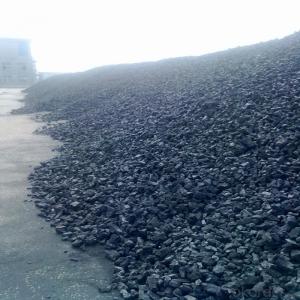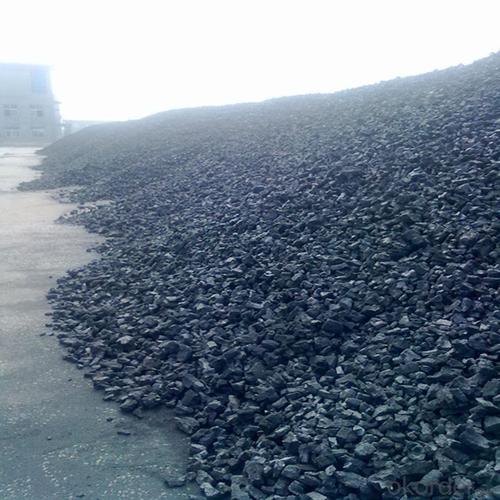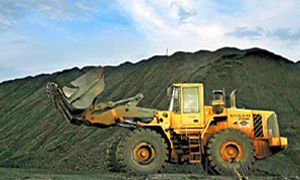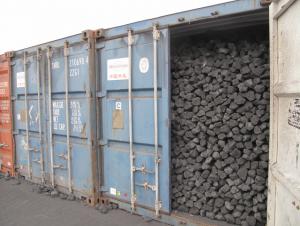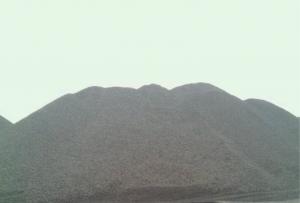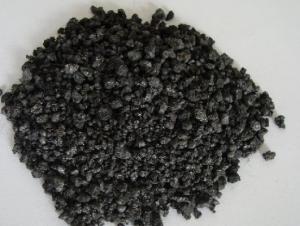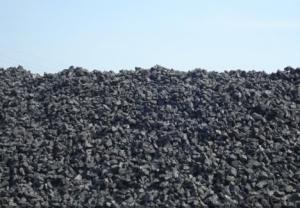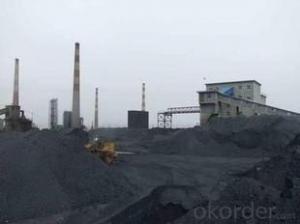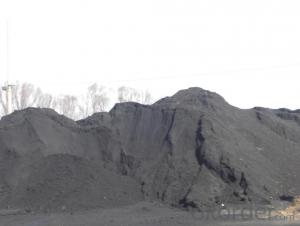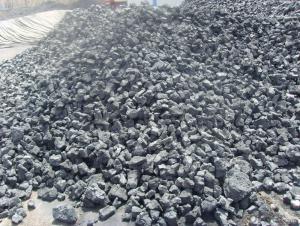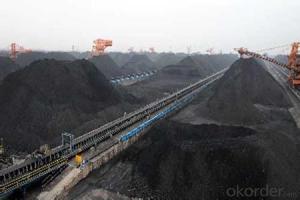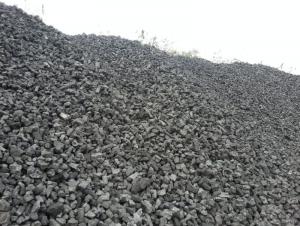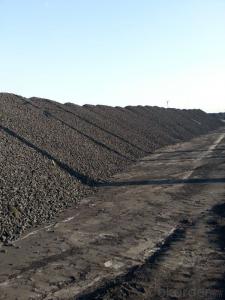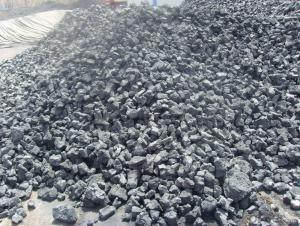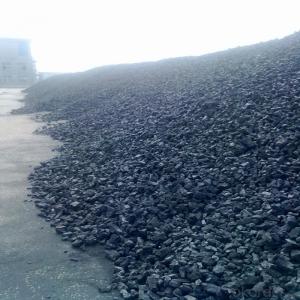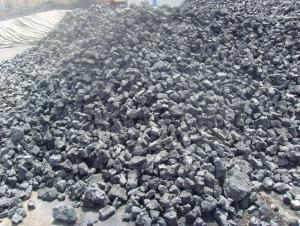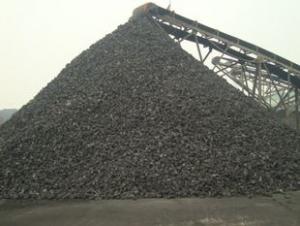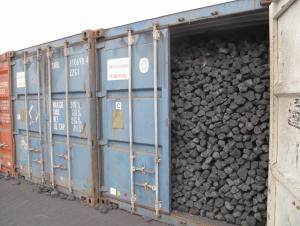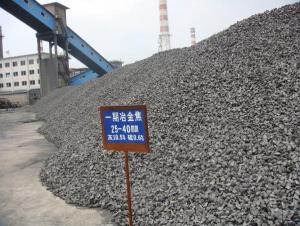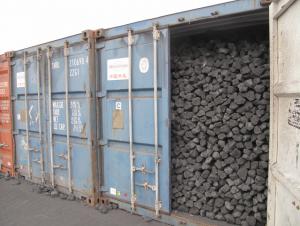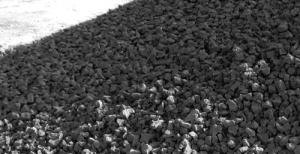Metallurgical Coke of Coke Strength after Reactivity 65
- Loading Port:
- Tianjin
- Payment Terms:
- TT OR LC
- Min Order Qty:
- 100 m.t.
- Supply Capability:
- 3000 m.t./month
OKorder Service Pledge
OKorder Financial Service
You Might Also Like
1. Structure of Met Coke of Coke Strength after Reactivity 65 Description:
Coke is made by high temperature metallurgical coke for blast furnace smelting, casting and gasification. Occurring in the process of coking after recovery and purification of coke oven gas is a high calorific value of fuel, is an important industrial raw material in organic synthesis.
Our country's metallurgical industry has a long history, is the original fuel charcoal smelting industry, due to the charcoal burning temperature is lower, and short duration of fire and not easy to master hour, therefore, directly affect the level of smelting, to make the steel quality is not guaranteed. Later, people use coal as smelting, coal combustion temperature is higher, and the combustion duration is longer than charcoal, but easily broken after coal is heated in the oven, affect the burden of permeability, and high content of sulfur in coal, directly affect the quality of the cast iron. After a period of practice, it has been found that the coal after dry distillation (i.e., separated flame heating), volatile components may be removed, and the porosity increased, resembling charcoal, fire is better than that of coal, but also can avoid charcoal and coal. This after carbonization of coal is coke.
2. Main Features of the Met Coke of Coke Strength after Reactivity 65:
• Quality assurance
• Mutual benefit
3. Met Coke of Coke Strength after Reactivity 65 Images:
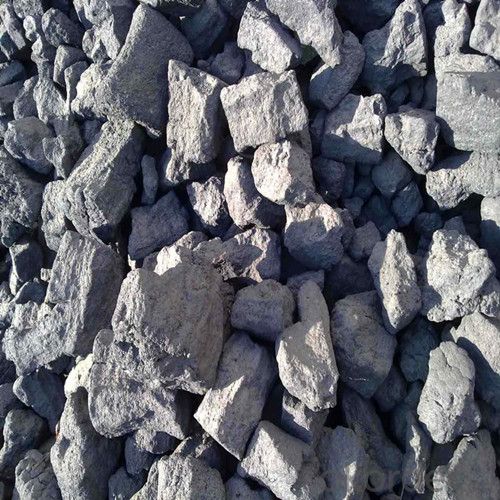
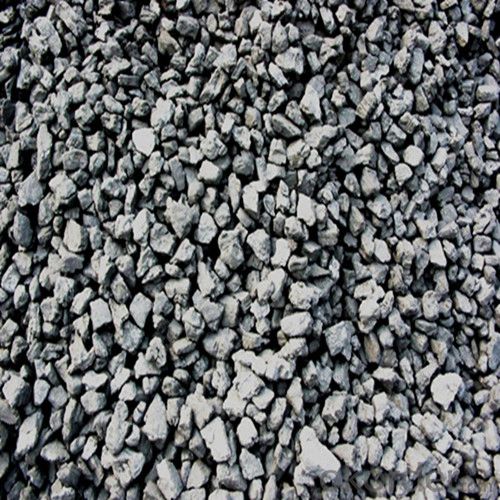
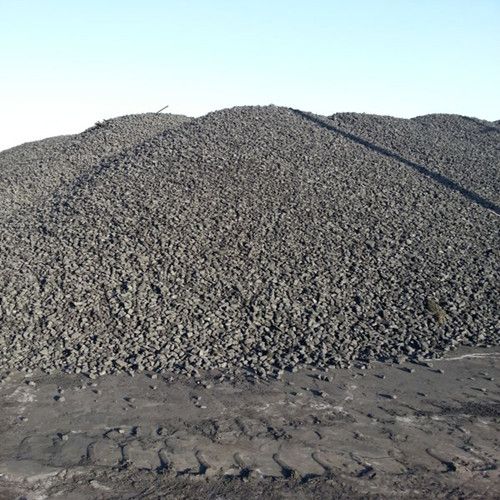
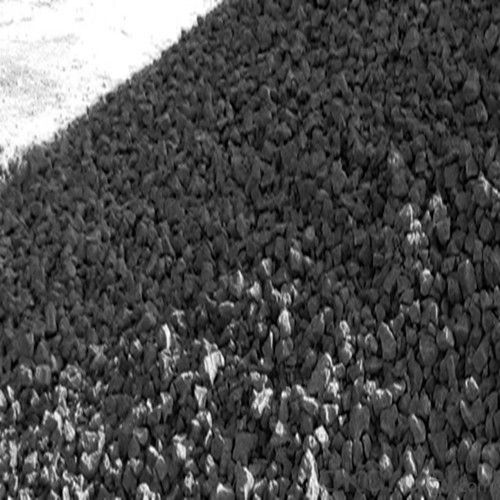
4. Met Coke of Coke Strength after Reactivity 65 Specification:
Parameters | Guarantee | Rejection |
Total Moisture (As received basis) | 5% max | |
Ash (dry basis) | 12.5% max | > 13.5% |
Volatile Matter (dry basis) | 1.5% max | > 1.8% |
Sulphur (dry basis) | 0.65% max | > 0.75% |
Phosphorus (dry basis) | 0.035% max | > 0.045% |
M10 | 7% max | > 9% |
M40 | 84% min | <82% |
CSR | 65% min | <63% |
CRI | 25% max | > 27% |
Size 30-90 mm | 90% min | |
+90 mm | 5% max | > 8% |
-30mm | 5% max | > 8% |
5. FAQ
We have organized several common questions for our clients,may help you sincerely:
1) What are coke's main physical properties?
on the relative density of density, coke, coke porosity, thermal conductivity for the heat capacity of coke, coke, coke, coke ignition temperature, coke thermal expansion coefficient of thermal stress and coke, coke shrinkage rate, coke resistivity permeability, etc.
The average heat capacity is 0.808 kj/(KGK) (100 ℃), 1.465 kj/(KGK) (1000 ℃)
Thermal conductivity is 2.64 kj/(MHK) (room temperature), 6.91 kj/(MHK) (900 ℃);
Ignition temperature (air) is 450-650 ℃.
2)Main type
Metallurgical coke is blast furnace coke, coke, iron alloy and nonferrous metal smelting with coke. As more than 90% of the metallurgical coke for blast furnace ironmaking, so often called the blast furnace coke metallurgical coke.
Foundry coke is dedicated to cupola molten iron. Coke is the main fuel of cupola molten iron. Its role is hot metal melting furnace charge and overheating, support stock column maintain its good air permeability. As a result, coke blocks should have large, low reactivity, low porosity, with sufficient impact crushing strength, ash content and low sulfur content.
In China, "natural coke" used as a fuel. Underground coal seam spontaneous combustion, and can also form natural coke. Natural coke, the grey to dark grey color, more porous, can sometimes show hexagonal prism shape. Compared with artificial coke, weight big, small porosity, density.
- Q: Standard grade two grade coke standard
- 2, the phosphorus in the coke: iron metallurgical coke coke content should be in the following 0.02 - 0.03%.3, the ash content of coke: Coke Ash on the impact of the blast furnace smelting is very significant. Coke ash increased by 1%, coke consumption increased by 2 - 2.5%, therefore, the reduction of coke ash is very necessary.4, volatile in coke: according to the volatile content of coke can determine the maturity of coke. Such as volatile content is greater than 1.5%, is said to produce coke; volatile less than 0.5 - 0.7%, it is said to be overdone, the general maturity of metallurgical coke volatile is divided into about 1%.
- Q: The chemical composition of coke is m10.m25
- Abrasion resistance refers to the ability of coke coke can resist friction without generating surface of glass forming debris or powder, by the M10 value. The effect of the crack of coke crushing strength, M40 value, the influence of coke pore structure of abrasion strength M10 value determination method of.M40 and M10 was more in China the migon drum test in Germany. As shown in table 31-1.After the completion of the test, the sieve with the pore diameter of 40mm and 10mm screening, greater than the percentage of 40mm particle size is M40, less than 10mm of the particle size of the M10 value. The intensity of the provisions of China Metallurgical Coke indicators are shown in table 31-2.
- Q: Who knows the proportion of pig iron and coke used in Cupola
- There are doubts: blank parts output is too low.3, blank export rate: raw materials into melting after the formation of blank, under normal circumstances, the common casting investment for every 1 tons of pig iron, scrap steel and other major raw materials, the lowest to 85% iron, after casting output blanks, nozzle, nozzle, riser, riser for iron smelting water ratio of about 30%; blank standard export rate, nozzle, riser re melted continue after put into use; production enterprises invested 1 tons per dryer, iron scrap and other major raw materials to the lowest 85% of the hot metal, roughly the same with ordinary casting, casting blank after the (standard yield) for hot metal ratio is about 70%, water riser for hot metal ratio is about 15%, and the same outlet riser re melted after continued use.
- Q: What is the phosphorus content in coke
- After drying, pyrolysis, melting, bonding, curing, shrinkage and other stages of the final coke, this process is called high temperature coking (high temperature carbonization)
- Q: What are the requirements for coke and other accounts?
- Futures account opening process1, customers need to carry the original natural person identity card or temporary identity card (must be within the validity period), at least any one settlement bank (China bank, agricultural bank, industrial and commercial bank, construction bank, Bank of Communications) debit card or passbook, to the Futures Company branch or the securities business Department (IB) personally.2, the signing of the "futures trading risk statement", "futures brokerage contract", "bank transfer", "letter of credit" and other agreements, to provide the phone, contact address and postal code.
- Q: Can the sulfur content of coke affect the casting process of nodular cast iron at 0.65?
- The high sulfur content of nodular cast iron, the most significant impact on the casting is caused by poor balling,
- Q: What is the essential difference between coal and coke?
- Coke]Coke is bituminous coal in the absence of air is heated to 950-1050 DEG C, after drying, pyrolysis, melting, bonding, curing and contraction of the final stage is made, the process is called high temperature coking (high temperature carbonization). Coke obtained from high temperature coking for blast furnace smelting, casting and gasification. Coke oven gas produced in the process of coking and recovery is not only a high calorific value of fuel, but also an important industrial raw material for organic synthesis.Coke is mainly used in blast furnace ironmaking and smelting of non-ferrous metals such as copper, lead, zinc, titanium, antimony, mercury and so on. The use of coke instead of charcoal in the blast furnace has laid the foundation for the large-scale development of modern blast furnaces and is a major milestone in the history of metallurgy. In order to achieve better technical and economic indexes of blast furnace operation, the coke (metallurgical coke) must have proper chemical and physical properties. In addition to a large number of coke used in iron smelting and non-ferrous metal smelting (metallurgical coke), but also for casting, chemical, calcium carbide and iron alloy, the quality requirements are different. Such as foundry coke, generally require large size, low porosity, high fixed carbon and low sulfur; chemical gasification, strict requirements for strength, but requires good response, high ash melting point; calcium carbide and coke production requirements to improve the fixed carbon content.
- Q: What are the quality indicators of coke
- Coke is a solid product of high temperature carbonization, the main component is carbon, is a crack and irregular pore structure (or porous). The number of cracks has a direct impact on the strength and crushing strength of the coke, the index is generally measured in terms of crack degree (the number of cracks in the unit volume coke). The index of pore structure is mainly expressed by the porosity rate (the percentage of the total volume of coke), which affects the reactivity and strength of coke.
- Q: What is coke? What is the use?
- In addition to coke for iron and non-ferrous metal smelting (metallurgical coke), but also for casting, chemical, calcium carbide and iron alloy, its quality requirements vary. Such as foundry coke, generally require large size, low porosity, high fixed carbon and low sulfur; chemical gasification, strict requirements for strength. But requires good response, high ash melting point; calcium carbide and coke production requirements to improve the fixed carbon content.
- Q: What are the criteria for coke classification and how to distinguish between primary and two grade coke?
- Quality index of cokeCoke is the solid product of high temperature carbonization, the main ingredient is carbon, is the pore structure has a crack and irregular (or pore porous). The crack number directly affects the coke strength and crushing strength, the index generally refers to the unit volume of the crack (crack number within the coke grain length). To measure the pore structure of the main indicators to measure with porosity (only coke pore volume accounted for percentage of the total volume) that it affects the coke reactivity and strength. The different uses of the coke porosity index for different requirements, the general metallurgical coke gas hole rate in 40 ~ 45%, foundry requirements in 35 ~ 40%, coke export requirements in 30%. Coke crack degree and the porosity level, and the coking coal has a direct relationship, such as coal based coke refining, crack, high porosity, low strength and coking coal as a base; Coke coal refining. Crack less, low porosity and high strength. The strength of coke is used to denote the crushing strength and abrasion resistance of two indicators. The coke crushing strength is that coke can resist foreign impact force without ability along cracks or defects at the broken table, shown by M40 wear; strength of coke coke refers to the ability to resist external friction without surface of glass forming debris or powder, by the M10 value. The effect of the crack of coke crushing strength, M40 value, M10 value and abrasion strength influence of coke pore structure. M40 and M10 were determined by lot. In China the migon drum test in Germany.
Send your message to us
Metallurgical Coke of Coke Strength after Reactivity 65
- Loading Port:
- Tianjin
- Payment Terms:
- TT OR LC
- Min Order Qty:
- 100 m.t.
- Supply Capability:
- 3000 m.t./month
OKorder Service Pledge
OKorder Financial Service
Similar products
Hot products
Hot Searches
